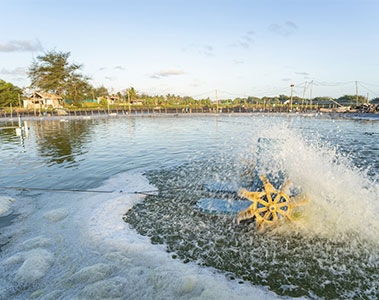
-
Global/EN
- Global
- North America
- Latin America
AquaStar® is the most complete aquaculture probiotics range on the market for hatchery, feed mill and farm sectors.
The multi-species approach builds on synergies and complementary modes of action between different bacterial species, and ensures users are provided with maximum benefits.
Our experts are always available to help.
If you are an existing customer, please go directly to our Customer Portal.